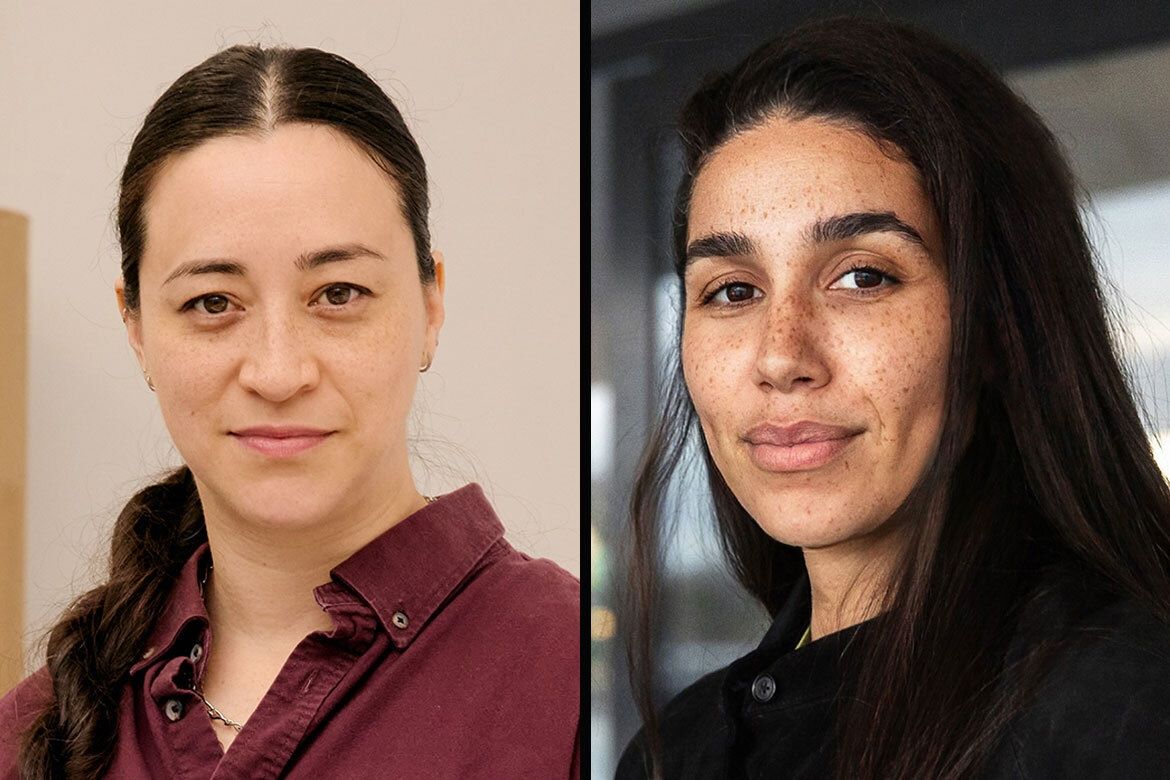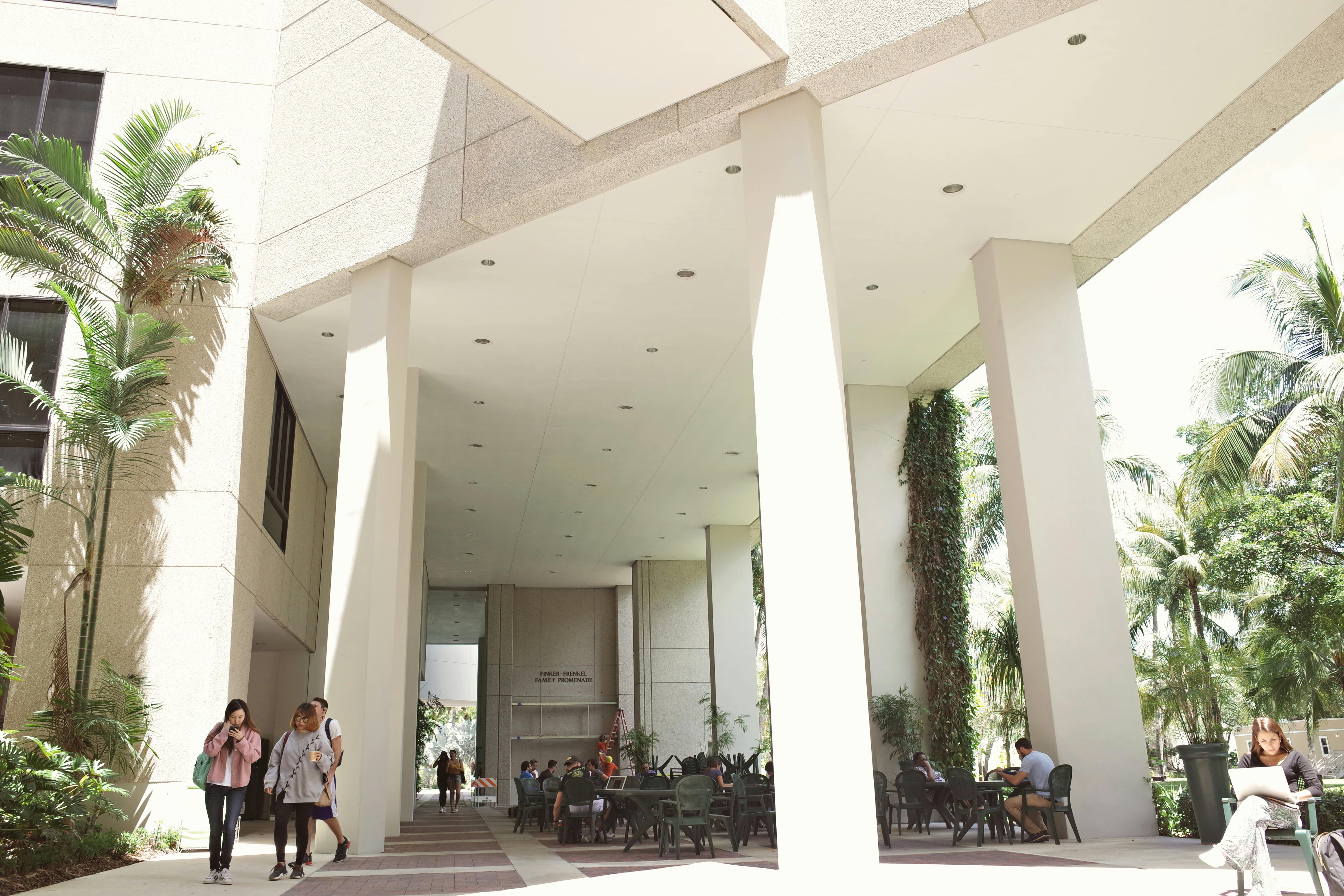What public school students are allowed to say on social media may be about to change
Tips
Student speech in public schools has less protection than speech by adults in the community at large. Noam Galai/Getty ImagesScott F. Johnson, Concord Law School
After a high school cheerleader in Pennsylvania dropped a series of F-bombs about her school in a Snapchat post over a weekend in the spring of 2017, she was suspended from the cheerleading team and sued the school district, claiming the suspension violated her First Amendment rights.
Social media has an ever-growing presence in students’ daily lives. As a result, schools are increasingly faced with the question of whether they can discipline students for remarks made online about school or school officials. The answer is not entirely clear because of different court decisions in different judicial districts.
The United States Supreme Court agreed in January to hear the Pennsylvania school’s district’s case, and its decision may provide some clarity on the issue.
Student speech standardsAs a professor who teaches education law and constitutional law, I have researched, taught and written about student speech over the years.
In general, student speech in public schools has less protection than speech by adults in the community at large. That’s because of what the Supreme Court referred to in its 1969 Tinker v. Des Moines School District decision as the “special characteristics of the school environment,” which include the obligations to teach students socially acceptable behavior and to provide them a safe educational environment.
As a result, speech that may be protected for adults outside of the school environment – like offensive or vulgar language – can be restricted for students inside of the school environment.
However, the Supreme Court has also famously said that students do not “shed their constitutional rights to freedom of speech or expression at the schoolhouse gate.”
Student speech has some protections, thanks to four Supreme Court cases in particular.
The primary case is the previously mentioned Tinker v. Des Moines, in which the Supreme Court ruled that a school could not discipline students for wearing black armbands to protest the Vietnam War unless it had a reasonable expectation that the expression would substantially disrupt school activities or impinge upon the rights of others. There was no such finding in the case, so the school could not discipline the students.
The other three cases are all essentially exceptions to Tinker. They involve situations in which Tinker’s “substantial disruption” standard does not have to be met for the school to restrict the speech, as long as other requirements are met – the speech is lewd, school-sponsored or involves illegal drug use.
Off-campus speechThe legal standards in these four Supreme Court cases were all created in response to student speech that occurred either at school or at school-sponsored events. None of them involved online speech or social media.
When school officials attempt to restrict speech that occurs off campus – whether online or not – lower courts have had to decide which, if any, of these standards to apply.
Courts have not always agreed on which standard to use, but a number of courts have applied Tinker to such speech, even if the speech would have been assessed under a different standard if it had occurred on campus.
For example, courts applied Tinker to a student who called school officials “douchebags” in a blog, and to a student who set up a fake social media profile of a school official with lewd and offensive language. Bethel School District v. Fraser, in which the Supreme Court permitted schools to restrict lewd, vulgar or plainly offensive speech, likely would have applied in these cases if the speech had occurred on campus.
Some courts have considered other factors to determine whether there was a sufficient connection between the speech and the school before applying Tinker to off-campus speech. They’ve considered whether the speech threatens the school’s obligation to provide a safe learning environment – for example, online bullying – or whether the speech is “reasonably likely” to reach the school or affect the school environment - for example by being directed at the school, school officials or other students.
Some courts have applied Tinker to off-campus speech when it involves threats of school violence. Others have extended Morse v. Frederick, which permits schools to restrict speech about illegal drug use, to school violence situations. Or they’ve used a “true threat” standard, which permits restrictions on speech that is a “serious expression of intent to harm.”
A few courts have ruled that Tinker does not apply to the off-campus speech at issue in their cases because it did not occur in the school environment. Instead, they applied the free speech standards that apply to the community at large, thus providing the student speech at issue with more protection.
High school students rallied outside the Supreme Court in March 2007 while Morse v. Frederick was being argued inside. Bill Clark/CQ-Roll Call, Inc. via Getty Images Supreme Court agrees to hear the caseIn B.L. v. Mahanoy School District, the 3rd U.S. Circuit Court of Appeals took the road less traveled with the cheerleader’s social media post and ruled that Tinker did not apply because the speech occurred off campus.
The court stated that school officials “may not reach into a child’s home and control his/her actions there to the same extent that it can control that child when he/she participates in school-sponsored activities.” The court decided that the fact that the speech was made via social media did not alter its analysis, and that off-campus speech by students should be protected to the same extent as it would be for “citizens in the community at large.”
It concluded that the school district violated the student’s First Amendment rights. The school appealed and the Supreme Court agreed to hear the case this term, which ends in late June or early July.
Supreme Court optionsThat the Supreme Court has agreed to hear the case does not provide any indication of how the court may decide the case.
The court could agree with the lower court that Tinker does not apply in this instance, which would provide students with greater protection for at least some off-campus speech on social media going forward.
The court could disagree with the lower court and decide that Tinker does apply to the speech in the case. That would mean that students still have some protection for social media speech made off campus, but they can be disciplined if there is a reasonable likelihood that the speech could cause a significant disruption at school or interfere with the rights of others. This could also clarify whether other factors that courts have used need to be considered before Tinker applies.
The court could also establish a new standard that takes into account the particulars of social media usage by students and how it relates to those “special school characteristics” in today’s educational environment. In doing so, the court could take a variety of factors into consideration and establish some criteria for when online speech can and cannot be restricted by school officials.
Whatever decision the court makes, it will likely provide some guidance to students, parents and school officials about what students can and cannot say on social media.
[Insight, in your inbox each day. You can get it with The Conversation’s email newsletter.]
Scott F. Johnson, Professor of Law, Concord Law School
This article is republished from The Conversation under a Creative Commons license. Read the original article.
The views and opinions expressed in the article are solely those of their authors, and do not necessarily reflect the opinions and beliefs of UDiversity.com.





Comments (5)
Best Company Reply
- Ali Tufan
- 2 days ago
Lorem ipsum dolor sit amet, consectetur adipiscing elit. Fusce vel augue eget quam fermentum sodales. Aliquam vel congue sapien, quis mollis quam.Because Other Candidates
- Martha Griffin
- 23 August 2018
Lorem ipsum dolor sit amet, consectetur adipiscing elit. Fusce vel augue eget quam fermentum sodales. Aliquam vel congue sapien, quis.Aldus PageMaker including versions Reply
Lorem ipsum dolor sit amet, consectetur adipiscing elit. Fusce vel augue eget quam fermentum sodales. Aliquam vel congue sapien, quis mollis quam.